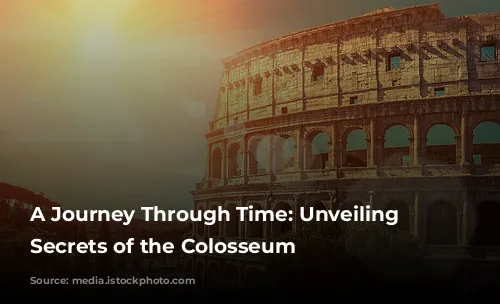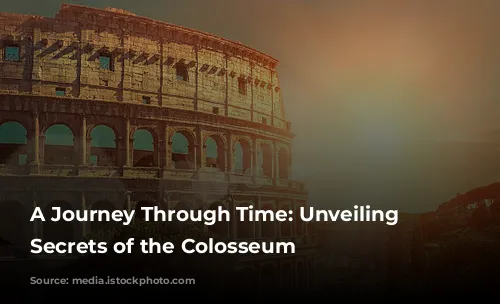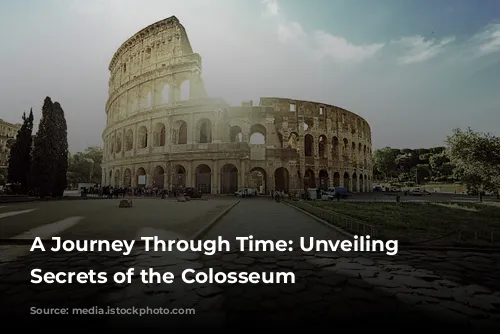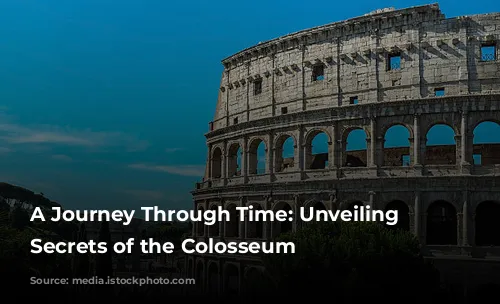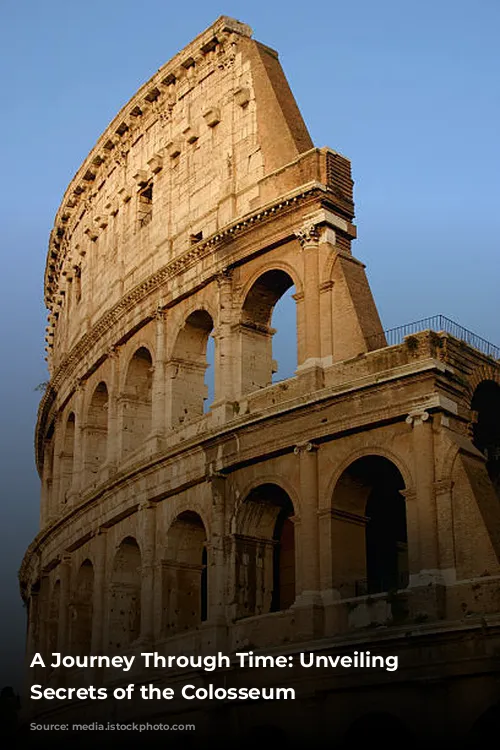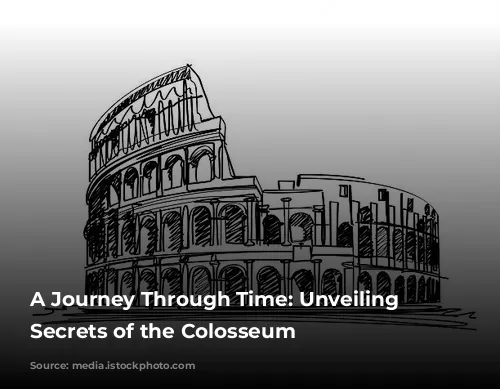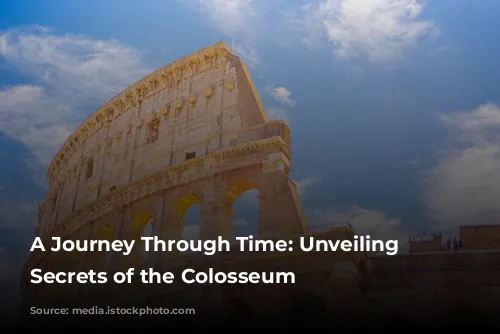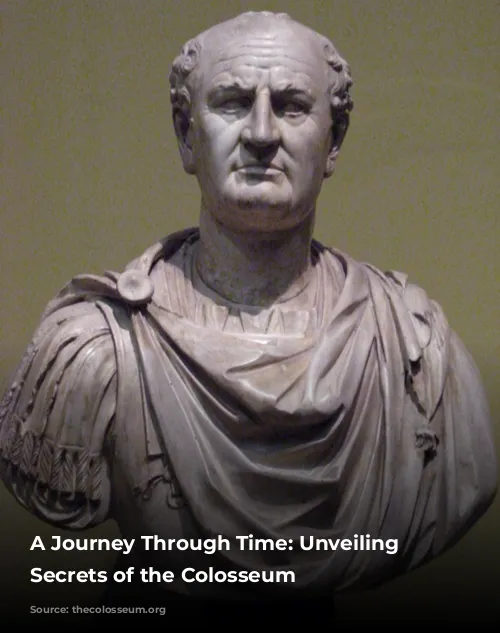Step back in time and immerse yourself in the captivating world of the Colosseum, a monument that whispers tales of glory, brutality, and resilience. Standing tall for nearly two millennia, this iconic structure has witnessed countless events, from the clash of gladiators to the roar of wild beasts. Join us as we delve into fascinating facts about the Colosseum and uncover the stories that lie beneath its ancient stones.
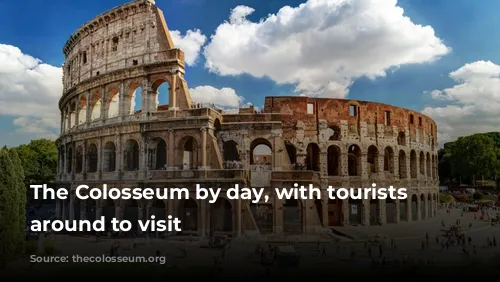
The Birth of a Legend: Construction and Legacy
Imagine the dust and clamor of construction as the Colosseum took shape in 72 AD. Emperor Vespasian, a man of ambition and vision, envisioned this grand amphitheater as a symbol of Roman power and a source of entertainment for his people. It was a monumental undertaking, demanding the tireless efforts of Jewish slaves, who, after the fall of Jerusalem, were transported to Rome. Thousands of these skilled individuals, overseen by Roman engineers and craftsmen, worked tirelessly to bring the Colosseum to life. Their labor, though forced, played a pivotal role in shaping this architectural marvel.
The Colosseum’s construction spanned eight years, culminating in its completion in 80 AD. Sadly, Emperor Vespasian did not live to see his dream realized, passing away before the final stone was laid. The torch was passed to his sons, Titus and Domitian, who diligently oversaw the project’s completion. The Colosseum, a testament to the Flavian dynasty’s reign, became a symbol of their power and legacy.
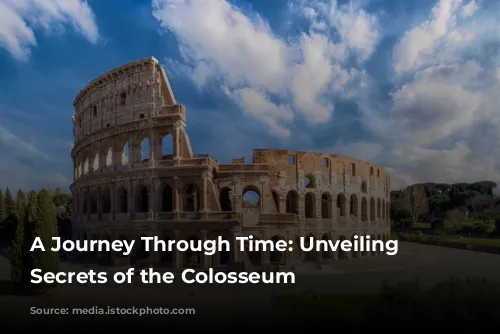
A Symbol of Roman Entertainment: From Gladiators to Wild Beasts
The Colosseum was not just a building; it was a stage for spectacle, where the lives of gladiators, wild animals, and condemned prisoners intertwined in a bloody ballet. Imagine the roar of the crowd as gladiators, trained to fight and kill, battled for the cheers of the spectators. The arena, a space of both terror and exhilaration, resonated with the cries of both the vanquished and the victorious.
But the Colosseum wasn’t limited to gladiator battles. It became a stage for exotic hunts, where wild beasts, such as lions, tigers, wolves, and even elephants, were pitted against humans. These hunts, a testament to the Romans’ love for the spectacle, showcased the power and control that humans held over nature. The Colosseum, a crucible of blood and entertainment, offered a glimpse into the Romans’ worldview, a world where power and dominance were prized above all else.
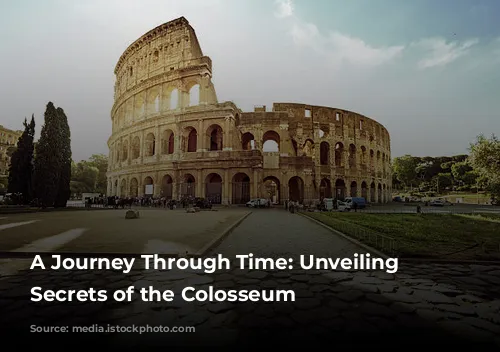
Beneath the Surface: The Hypogeum
Beyond the grandeur of the Colosseum’s facade lies a hidden network of tunnels and chambers known as the Hypogeum. This subterranean labyrinth served as a holding area for gladiators, wild animals, and prisoners awaiting their fate. Imagine the eerie quietude of the Hypogeum, broken only by the muffled sounds of footsteps and the rustling of cages. A network of vertical shafts connected the Hypogeum to the arena floor, allowing for the dramatic entrance of gladiators and the release of wild animals. The Hypogeum, a world of shadows and anticipation, stood as a hidden heart of the Colosseum’s spectacle.
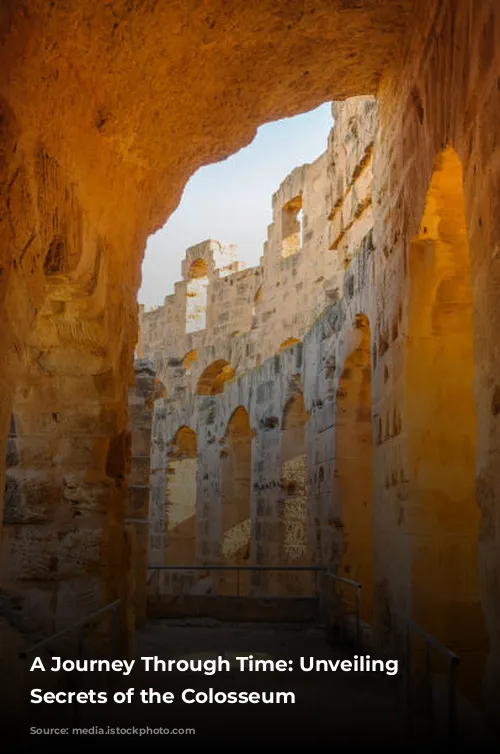
The Echoes of History: The Colosseum Today
Today, the Colosseum stands as a poignant reminder of Rome’s turbulent past. The arena, once a stage for bloodsports and spectacles, now welcomes millions of visitors each year, eager to experience the grandeur and history of this ancient monument. The echoes of the past resonate in its stones, reminding us of the Romans’ enduring legacy and the power of the human spirit to create and to endure.
